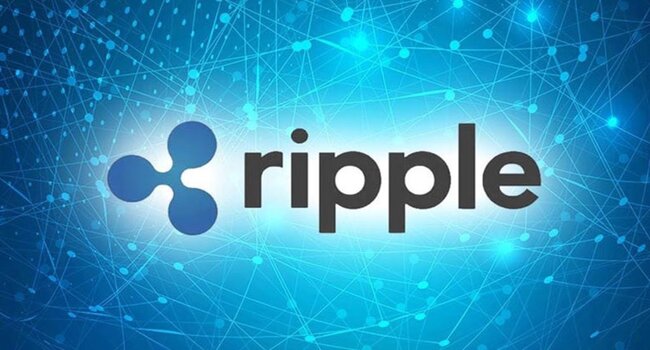Highlights:
- Ripple has chosen BNY Mellon as the major RLUSD custodian of reserves.
- The BNY Mellon will offer custodial and liquidity services to Ripple-issued stablecoin.
- Ripple continues growing RLUSD adoption through global partnerships and banking integrations.
Ripple has selected BNY Mellon as the major custodian of its stablecoin RLUSD, strengthening its backing structure with increased transparency. The transaction improves liquidity, institutional confidence, and reserve protection of Ripple’s U.S. dollar-pegged digital asset. As stated in the press release, BNY Mellon will serve as custodian of cash and Treasury bills that will serve as assets to support RLUSD on a 1:1 basis with the U.S. dollar. The international financial giant incorporates almost $52 trillion of assets under management. This collaboration adds strength to Ripple to continue with its institutional-level financial platform.
The RLUSD created by Ripple targets an enterprise use case. It promises faster international payments and lower costs of transactions. The stablecoin was introduced in December 2024 after being integrated into the Ethereum and XRP Ledger.
Ripple has selected @BNYglobal as the primary reserves custodian for $RLUSD, an enterprise-grade stablecoin built for real-world utility, supported by one of the largest and most trusted financial services companies in the world. https://t.co/T2ZWkvb9cL
Learn more about our…
— Ripple (@Ripple) July 9, 2025
RLUSD Growth Gains Momentum Globally
The stablecoin has already exceeded the threshold of $500 million in circulation, which confirms the growing popularity of RLUSD among enterprises and institutions. Ripple came up with RLUSD under the New York Department of Financial Services Trust Company Charter. RLUSD complies with the stringent regulatory standards of one of the most powerful financial regulators in the U.S.
Earlier this year, RLUSD obtained regulatory approval in Dubai. This brought in place the second significant jurisdiction that supported the token. In Europe, the first bank to provide custody and trading of the stablecoin was the Switzerland-based AMINA Bank. This growth indicates that Ripple has succeeded in integrating RLUSD in the regulated financial markets worldwide.
The reserve of the RLUSD includes cash and cash equivalents only. Assets are highly segregated and audited on a third-party basis. Such a design favors trust and allows redemption of the 1:1 ratio anytime. The move by Ripple to collaborate with high-level institutions such as BNY and AMINA also fosters long-term sustainability.
Ripple Strengthens Enterprise-Grade Payment Infrastructure
In addition to providing custody, Ripple selected BNY Mellon to supplement transaction banking services. These services facilitate the streamlining of procedures behind the RLUSD network. As Ripple continues to expand its financial ecosystem, this alliance will help in the expedited settlement of cross-border payments.
BNY’s involvement in digital assets began in 2021. Since then, it has catered to institutional crypto clients in preparation for custody of assets such as RLUSD. The digital assets unit that the bank operates now has a fundamental role in managing stablecoin reserves and liquidity. Ripple created RLUSD by focusing on the needs of institutional users. It also distinguishes itself from retail-oriented stablecoins since it is more compliance-oriented and utility-oriented. All the tokens have high-quality reserves, which allows them to be easily incorporated by financial institutions.
This collaboration with BNY comes at a time when the demand for reliable stablecoins is on the rise. The stablecoin developed by Ripple provides enterprises with a stable solution to value transfer, settlement, and conducting operations on-chain. Having dual-chain support, RLUSD operates both on a public and a private network effortlessly.
Best Crypto Exchange
- Over 90 top cryptos to trade
- Regulated by top-tier entities
- User-friendly trading app
- 30+ million users
eToro is a multi-asset investment platform. The value of your investments may go up or down. Your capital is at risk. Don’t invest unless you’re prepared to lose all the money you invest. This is a high-risk investment, and you should not expect to be protected if something goes wrong.






